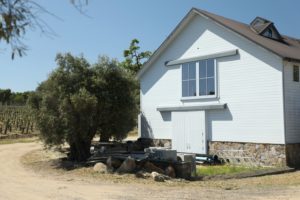
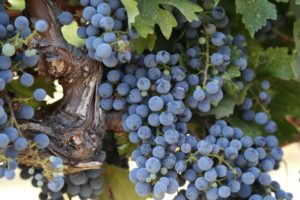
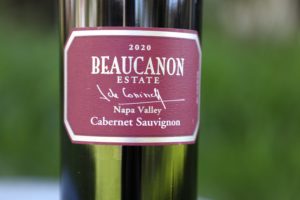 Beaucanon Estate has been producing balanced, bright and flavorful wines in Napa Valley since 1986, including a Chenin Blanc bottled that year. Despite a production of nearly 40 years in Napa Valley, they are still very quietly producing premium wines while remaining well under the radar of most Napa Valley wine enthusiasts and even those who work in the local wine trade.
Beaucanon Estate has been producing balanced, bright and flavorful wines in Napa Valley since 1986, including a Chenin Blanc bottled that year. Despite a production of nearly 40 years in Napa Valley, they are still very quietly producing premium wines while remaining well under the radar of most Napa Valley wine enthusiasts and even those who work in the local wine trade.
The de Coninck family of Saint-Émilion has a long history of operating wineries in Bordeaux which include 9 generations dating back to the mid 1740s. Jacques de Coninck originally came to Napa Valley in 1978 looking at the possibility of growing grapes and starting a winery. Their first winery home in the valley was in the building that housed Provenance Winery on Highway 29 for many years and is presently home of Far Niente’s Bella Union Winery. While the family built that winery, they produced their 1986 vintage in several other local wineries including what was Vichon (now the site of Promontory Winery).
The family eventually sold that property and in 1989 purchased the historic Longwood Ranch near the city of Napa. They migrated their winemaking from their original winery to Longwood Ranch in 1994. The winery is housed in a historic barn. Today Beaucanon Estate is operated by two of Jacques’s four children, brother and sister Louis and Chantal. Louis de Coninck is the winemaker and has assisted with the winemaking since Beaucanon Estate’s first harvest when he was still in his late teens.
Longwood Ranch is a portion of land that used to be a part of the Rancho Yajome, given to Don Salvador Vallejo in the 1840s, the younger brother of his more well-known sibling, General Mariano Vallejo. In fact not far from here along the banks of Salvador Creek near the Napa River in what is now Trancas Crossing Park, used to be an old adobe structure built in the early 1840s by Don Salvador Vallejo. This was one of three adobes built by Salvador Vallejo in Napa Valley. His residence was the headquarters for his Rancho Napa, a land grant which included more than 3,000 acres. It was known as Casa las Trancas or also known as “The Happy Casa” and was one of three adobes he built and owned in Napa Valley. He willed this adobe to his son Ignacio in 1850 who lived in it until it was destroyed by fire in 1919.
And another adobe building used to be on Beaucanon Estate’s property. The original portion of adobe structure was built by Mariano Vallejo for his brother Salvador in either 1832 or 1846; we have seen references in our research to both dates. In the 1880s and 1890s the property and adobe was owned by a Mrs. Mary E. Harron of San Francisco (she purchased the property in 1883). An article in The Napa Register dated January 18, 1884 references the property was 100 acres. The original structure was a one story adobe building but a second story was later added sometime between its original construction and 1895. The original construction work was done entirely by Native Americans. And it mentions that the large redwood posts which supported the porches were already milled and waiting in the town of Sonoma prior to the this adobes’ construction.
Chancellor Hartson’s grave, Tulocay Cemetery
This same article references a grove of Eucalyptus trees planted on the property by Chancellor Hartson were removed and prepared to planted including to grape vines. Hartson used to own this property and was a prominent Napa City Judge who was was involved in real estate. He was the founder of Aetna Springs resort in Pope Valley; see our notes filed under Heibel Ranch Vineyards on this website for a much more detailed profile of this accomplishments in Napa County. In the 1880s at Longwood Ranch, several acres were leased to local Italians who maintained vegetable gardens. And 500 Bartlett Pear trees had also been planted.
An article in The Napa Register dated June 7, 1895 references of the 100 acres the farm was planted to 30 acres of prune trees, up to 20 in pears, 10 acres in grapes (including 7 acres of resistants) and 15 acres for growing hay. The article also mentions, “a creek of fine spring water, running all the year passes through the places”. This is certainly referring to what is now known as Milliken Creek. Gardens, croquet and tennis courts were also located on the property.
Harron was well traveled and often hosted guests at Longwood. She passed in 1905 in San Francisco leaving two sons Howard and John Harron and a daughter Minnie. Another son Ralph tragically passed away at age 30 a year prior of heart disease in British Colombia.
Following Harron’s passing Longwood Ranch was purchased by banker and real estate holder William Watt in 1906. From a very wealthy family (his father was financier Robert Watt), he was only in is mid 20s at the time he acquired this property. He also owned an estate near Los Gatos called Idylwild. In 1909 he purchased the Ambrosia Creamery located in the city of Napa. During his ownership of Longwood Ranch he farmed 35 acres of prunes and raised horses and pigs.
Two bold headlines caught our attention on the front page of the November 29, 1912 issue of the St. Helena Star. One read, “Murder in Carneros” referring to one of Watt’s employees at Ambrosia Cream Company who shot farmer Fred Neuenschwander in the head over a dispute and killed him. The other accompanying bold face type read, “Rich Man Missing” referring to Watt whose bright red vehicle was found abandoned near a shed, next to a wharf in Oakland, CA. This story was on the front page of several of other San Francisco Bay Area newspapers. His family had no idea of his whereabouts.Nearly two weeks later it was reported that Watt was found safe and unharmed in Canada and he had telegrammed his wife to let her know he was ok. Apparently this wasn’t the first incident of Watt just randomly disappearing without notifying relatives. He later declined to comment on his disappearance.
Watt sold Longwood Ranch in 1932 to Marjorie Albert and her husband C.E. Watt died in Woodside, CA in 1937 at age 59.
A major loss for the Napa Valley occurred on November 1, 1970 when the entire handsome two-story building other than the brick chimney and some of the walls completely burned to the ground. Owners of the property at the time, Marjorie Albert and John Eliot had been working with a historian for two years and conducting research at the Bancroft Library at U.C. Berkeley in order to designate the ranch and the adobe as an official California historical monument. All that remains today is the remnants of a tiled fountain originally in front of the home.
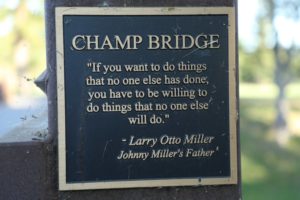
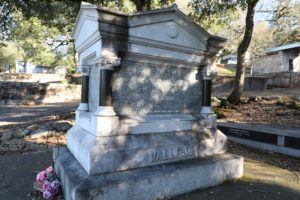 At the time of its demise, this building was one of only three remaining old adobe structures in all of Napa County. The other two being The Cayetano Juárez Adobe, Napa County’s oldest building dating to 1845 and currently home of the delicious Le Chevre Bakery and Rancho Chiles Adobe, a private residence in Chiles Valley on the Dollar Ranch. R. Stanley Dollar Jr. purchased what previously was the E.H. Krause Ranch in 1964. The ranch is still owned by the Dollar family; Dollar Shipping was founded in San Francisco and became a part of American President Lines in 1938.
At the time of its demise, this building was one of only three remaining old adobe structures in all of Napa County. The other two being The Cayetano Juárez Adobe, Napa County’s oldest building dating to 1845 and currently home of the delicious Le Chevre Bakery and Rancho Chiles Adobe, a private residence in Chiles Valley on the Dollar Ranch. R. Stanley Dollar Jr. purchased what previously was the E.H. Krause Ranch in 1964. The ranch is still owned by the Dollar family; Dollar Shipping was founded in San Francisco and became a part of American President Lines in 1938.
The property was named Longwood during the Harron ownership. Longwood Ranch gets its name from a long row of oak trees that grew along the banks of Milliken Creek. The first modern day planting of grapes were in the 1970s to Chardonnay. And prior to the de Coninck family ownership, golf pro Johnny Miller used to own the part of their property where the winery is located. Miller was born in San Francisco and was at the top of his game in the 1970s and was elected to the World Golf Hall of Fame in 1998. He has other connections to Napa Valley, having designed the Eagle Vines Golf Course, was part owner of the nearby Silverado Country Club and redesigned the PGA Golf course on that property.
There have been several proposed plans for Longwood Ranch from the 1970s through the 1990s. It was annexed by the city of Napa in 1973. One proposal by Miller was to build a 270 home sub division on the property. This was voted down by voters and deannexed back into the county of Napa. Similar development plans were proposed in the late 1990s in conjunction with wanting to annex the land back to the city of Napa. These never materialized.
The ranch is 94 acres of which approximately 80 are planted to grapes predominantly to several clones of Cabernet Sauvignon. The vineyard is dry and organically farmed.
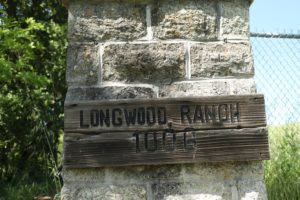
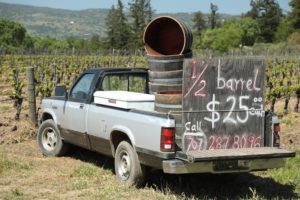
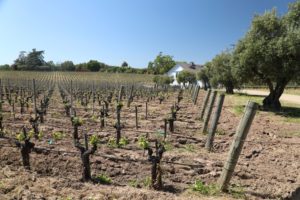 Everything about this winery is true to their Bordeaux roots, including the vineyard management and wine making. Rows are small and tightly spaced and specific clones are used based on soil types. All their wines are made from estate grown grown grapes including both red Bordeaux varieties as well as smaller amounts of Chardonnay and Sauvignon Blanc. Much of their vines were replanted in 1996.
Everything about this winery is true to their Bordeaux roots, including the vineyard management and wine making. Rows are small and tightly spaced and specific clones are used based on soil types. All their wines are made from estate grown grown grapes including both red Bordeaux varieties as well as smaller amounts of Chardonnay and Sauvignon Blanc. Much of their vines were replanted in 1996.
In addition to Longwood Ranch, the de Coninck’s own one other vineyard in Napa Valley: 54.61 acres north of St. Helena bordering Highway 29 and Ehlers Lane. They use some of the grapes from these vines for their own wines and sell the rest to other wineries. Soil analysts from France initially surveyed their vineyards and made recommendations for where to plant certain varieties including specific rootstocks which would perform well. They use a several rootstocks for their Cabernet Sauvignon including a French clone (337) which typically produces very small fruit with intense concentrated flavors.
The philosophy of the de Conincks regarding wine pricing comes from Europe; a good wine should be enjoyed on a daily basis with food and be available at a reasonable price. This has carried through to all of their pricing. Even their Reserve Cabernet Sauvignons are priced where many of the local high-end wineries start their pricing. Their reserve wines are made in limited quantities and are only produced during exceptional years, focusing on cooler weather.
Select Wines
Reds
The 2020 Beacanon Estate Napa Valley Cabernet Sauvignon is deep ruby and nearly opaque; the bouquet is fruit forward generous immediately upon opening, delivering aromatics of plum, red cherry, blackberry, cassis, bittersweet chocolate and a sweet tobacco spice. Brightly lit across the palate, its flavors are more red fruited than dark including of cherry, plum, raspberry, currant and Icelandic crowberry. Finishes tart with grainy and still somewhat tight tannins which fully encompass the palate. It also lingers with a persistent note of tobacco leaf and a chalky dryness which continues to extend beyond the fruit. We tasted this wine 4 years post vintage. This bottling does not show like the 15.2% alcohol as is listed on the label. Sometimes you just want a hamburger straight from the BBQ; this wine would be good company.
The 2016 Beaucanon Estate Napa Valley Cabernet Sauvignon is blended with 10% Merlot and 0.5% of Petit Verdot; this wine offers elegant yet also ripe aromas on the bouquet. Garnet in the glass, the reveals scents of plum, dark cherry and black licorice. Also notes of cassis, the faint smell of old cedar and a subtle darker spice nuance. The bouquet is primarily about the fruit rather than secondary characteristics from the oak aging. Fairly supple on entry, this harmonious texture follows the full breadth of the palate. Finishes with higher toned fruits including red cherry, raspberry and plum which err on the favored side of being less ripe. The tannins are somewhat grainy and are darker in nature but not course – lingers with a tobacco smokiness and white pepper. Slightly chewy on the finish. Very approachable in its youth but with attributes that will allow this wine to age nicely for at least the next 10+ years including bright acid, depth of flavor and tannins. Very reasonably priced.
The 2014 Beacanon Estate Napa Valley Cabernet Sauvignon is medium to deep ruby in color; the immediately attractive and layered bouquet offers redolent scents of raspberry along with cherry, plum, dried rose petals, opening up a box of dried tea leaves, dark olive, pipe tobacco, old cedar box, mocha, espresso and cocoa powder. Bright, fresh, and still in its ‘teenage’ years despite this wine being 10 years post vintage at the time of our tasting. On the palate there are flavors of Santa Rosa plum, blueberry, raspberry, red cherry and currant with a lasting note of dried tobacco leaf and assorted dried herbs including sage. The tannins are gravelly, chewy dusty, chalky and sport a firm somewhat surprising still tightly woven grip. Their character continues to persist beyond the fruit on the finish. This wine is showing in a sweet spot, but clearly has loads of life ahead of it still. As always, consistently this bottling is one of Napa Valley’s better quality to price point wines.
During our visit with Chantal at the estate, we tried several delicious wines including a bottle of their Merlot. Their Merlot is not your typical California Merlot, i.e., it does not have any jammy or overtly ripe characteristics. It is a well-structured blended wine with an inviting and complex bouquet. This bottling sports pleasing flavors of red cherry, blackberry with hints of oak following through on the finish.
The Beaucanon Estate Reserve Cabernet Sauvignon is a gem. During our first visit to the property, we tried their current vintage, a 2000 which was already 7 years old by the time we tasted it. This wine can easily age another 10 years but was already drinking nicely. It featured velvety tannins and aromas of cherries on the bouquet as well as a touch of mocha and vanilla from its two years aging in French oak barrels.
Whites
The 2006 Beaucanon Estate Sauvignon Blanc offers a highly aromatic bouquet with hints of mint and other herbs. It is a crisp wine built around a bright acidity; the palate reveals flavors of honeysuckle and melon. We’ve been trying to taste one of their more current Sauvignon Blanc releases but it is extremely difficult to find.
—
Their wines are distributed internationally including in Japan and domestically in part through Total Wine & More. A select amount of their wines from their France based properties are also sold in the United States. Total production of Beaucanon Estate is around 12,000 cases annually. Beaucanon Estate accepts a limited number of appointments for tastings; reservations can be made through their website. For more information visit: www.beaucanonestate.com
De Coninck Vineyard, St. Helena
De Coninck, France Connection
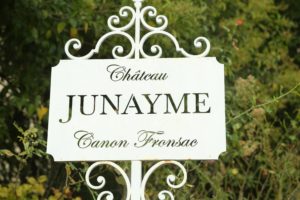 Louis’s brother, François De Coninck oversees three château’s in Bordeaux including the original family estate, Château Junayme near the village of Fronsac which has been in the family since 1760 and two other properties much more recently purchased including Château Canon (not far from Château Junayme) and Château Bellevue Figeac in Saint-Émilion. Château Junayme is 11 planted hectares. The other two properties are 5 hectares each.
Louis’s brother, François De Coninck oversees three château’s in Bordeaux including the original family estate, Château Junayme near the village of Fronsac which has been in the family since 1760 and two other properties much more recently purchased including Château Canon (not far from Château Junayme) and Château Bellevue Figeac in Saint-Émilion. Château Junayme is 11 planted hectares. The other two properties are 5 hectares each.
François is the ninth generation to oversee their family wine business. The old château (where François) lives was built in the late 1800s. Château Junayme is a lower hillside property which is located slightly above a small valley.
François focuses his wine making style on the grapes rather than other influences – preferring to use a gentle amount of oak during the aging. He bottles the wines on site transporting a small bottling line hooked to the back of his truck to each of the three properties.
—
Chateau Junayme, Fronsac France
Fronsac, Gironde
Château Bellevue-Figeac, Saint-Émilion France
Château Canon Fronsac, France
Photos coming by at some point.






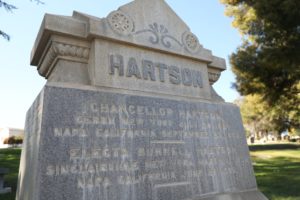
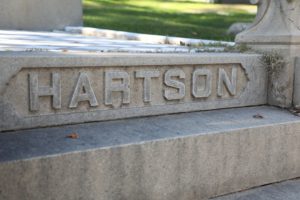
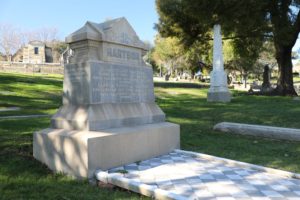
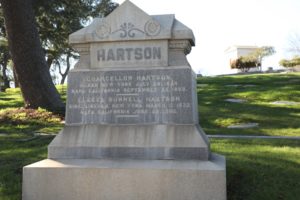
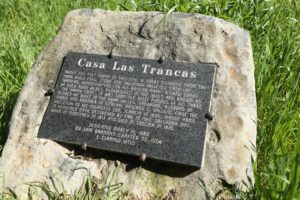
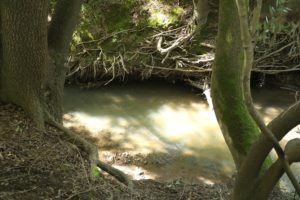
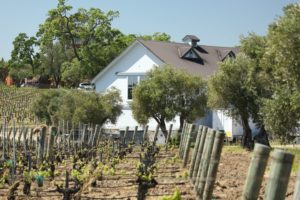
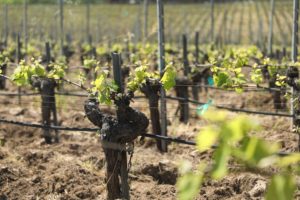
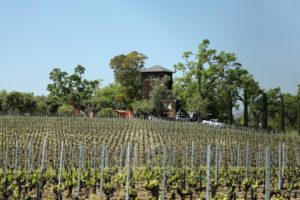
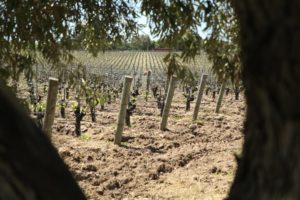
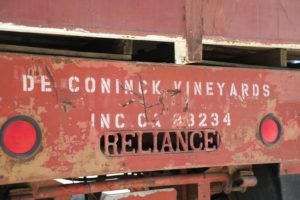
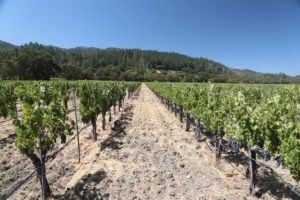
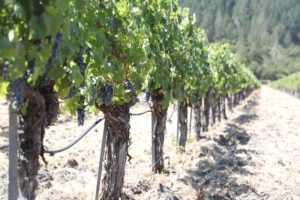
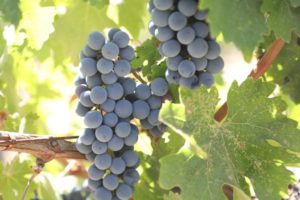
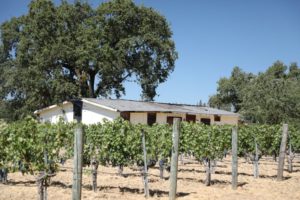


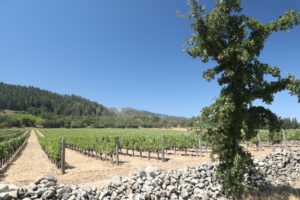
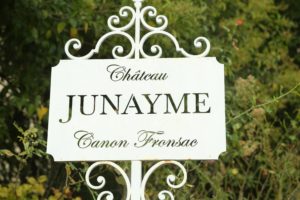
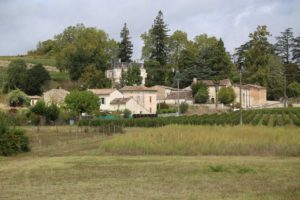

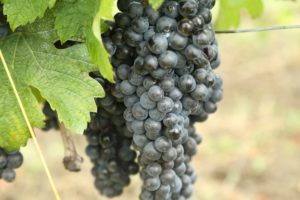
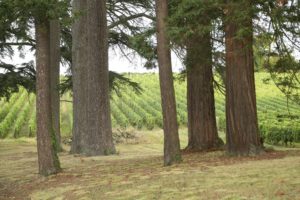
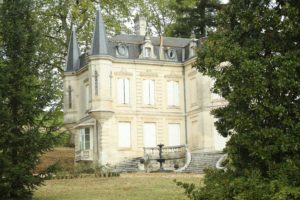
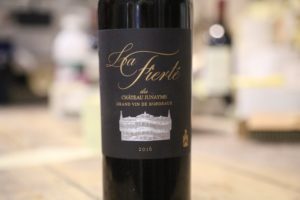
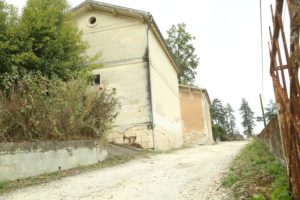
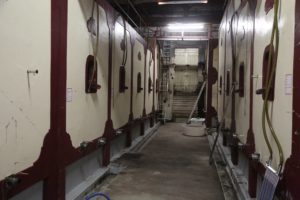
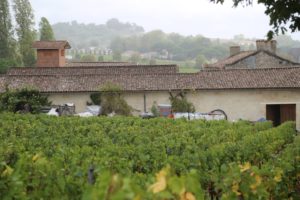
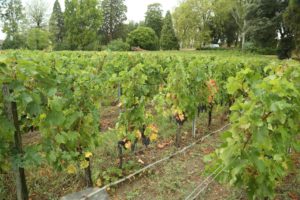
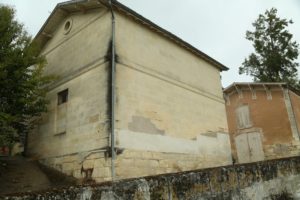
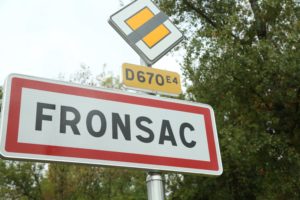
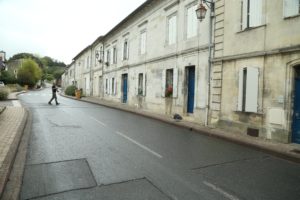
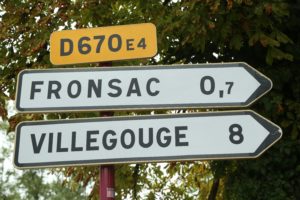

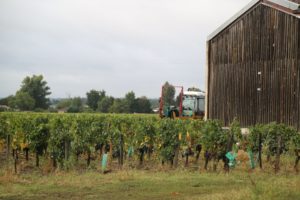
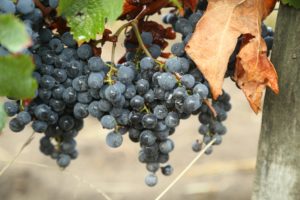
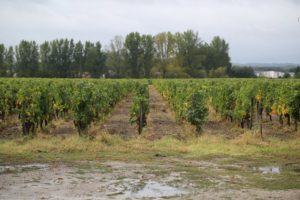
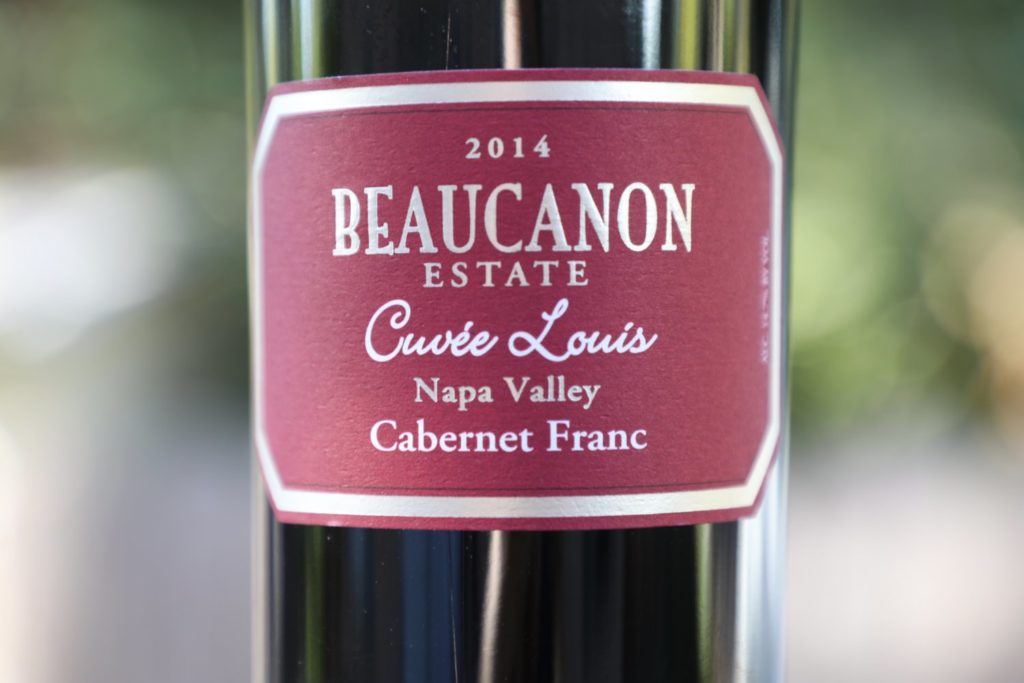
Leave a Reply